Monpazier Part 2 - Outside The Town Walls
The car’s windscreen was like my large flatscreen TV playing the lush green pastoral scenes in front of my eyes as Max wound us through the Dordogne countryside across valleys and forests. The roads we took followed the meandering ribbons of rivers and passed under canopies of shady trees. Classical music wafting from the car’s radio at times added ambience to the gentle landscape.
At the 4-month mark into our journey, however, travel weariness was beginning to get a hold of us so the arrival of our long-time French friends, Patrick and Odile, from Brittany on our Monpazier doorstep for a few days followed by even longer-term friend Sally who flew in from the UK was welcome relief. Now, suddenly our jaded eyes looked out with more enthusiasm. Although Max and I love each other’s company and we feel very comfortable spending 24/7 with each other, sharing a foreign location with good friends particularly over good food, good wine and good laughs brought a refreshing vitality to our time in the Perigord.
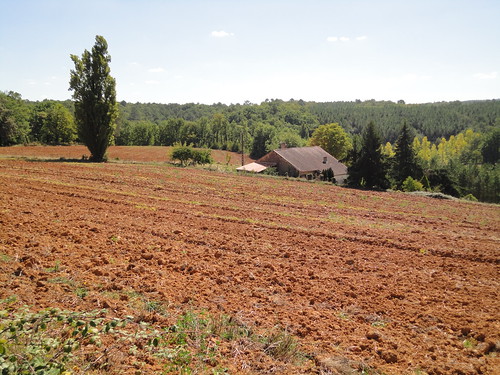 |
| Dordogne forests surround farmlands |
Regardless of how many years pass before we see each other, when we meet up with Patrick and Odile it is like we haven’t been apart. Our good friends were a source of knowledge to us as we made our way through the countryside, pointing out details about the vegetation, crops, history and architecture.
WHERE'S THE CORN?
Outside the boundaries of Monpazier and between medieval villages, woodlands nestle around field after field of corn and cultivated farmlands. But you won’t see corn on the menu. The French aren’t big on eating it. These fields of corn aren’t for human consumption, so Patrick tells us, they are for animal fodder – for the animals that will eventually make their way to the French dinner table. Well, I must admit when I think of Dordogne regional specialties duck, goose, foie gras, pates, terrines and black truffles spring to mind not corn. So, if all those feathered-ones live on a corn-diet does that make them low-cholesterol birds, I joked.
WHERE'S THE CORN?
Outside the boundaries of Monpazier and between medieval villages, woodlands nestle around field after field of corn and cultivated farmlands. But you won’t see corn on the menu. The French aren’t big on eating it. These fields of corn aren’t for human consumption, so Patrick tells us, they are for animal fodder – for the animals that will eventually make their way to the French dinner table. Well, I must admit when I think of Dordogne regional specialties duck, goose, foie gras, pates, terrines and black truffles spring to mind not corn. So, if all those feathered-ones live on a corn-diet does that make them low-cholesterol birds, I joked. 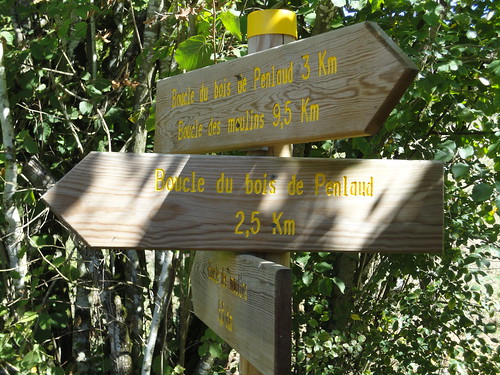 |
| Hiking trail markers near Beaumont |
Hiking with Patrick and Odile we picked fresh walnuts directly from the trees and plucked berries growing on wild, profuse bushes. Considering that Max and I get our produce from supermarkets, this was a wonderful back-to-nature experience for us.
Back on the bitumen, regional roads around here can get busy with tour buses, groups of cyclists and more annoyingly, slow-moving motor homes. ‘Tamalou’ (tu as mal ou?) is the amusing French slang term, Patrick told us, literally meaning ‘where is my pain?’, to describe retirees in motorhomes clogging the roads. We passed a delightful time together before temporarily farewelling each other as we were to catch up with them again in Brittany.
Back on the bitumen, regional roads around here can get busy with tour buses, groups of cyclists and more annoyingly, slow-moving motor homes. ‘Tamalou’ (tu as mal ou?) is the amusing French slang term, Patrick told us, literally meaning ‘where is my pain?’, to describe retirees in motorhomes clogging the roads. We passed a delightful time together before temporarily farewelling each other as we were to catch up with them again in Brittany.
After their departure, Sally spent a week with us. At the helm of our car, Max drove us to villages, chateaux, abbeys, grottoes and markets. There was such a huge range of places close to our base from which to choose.
5 HIGHLIGHTS NEAR MONPAZIER
Here are five of our favourite highlights in close proximity to Monpazier that we saw with and/or without friends:
1. Chateau Bonaguil – set atop a steep hillside Max and I loved roaming over the partly restored ruins of this massive 13th to 15th century fortress castle built over a cave in the region of Lot. Awesome when viewed from the dizzy heights of the topmost tower and easy to imagine how it would have been an impressive and mighty sight in its heyday.
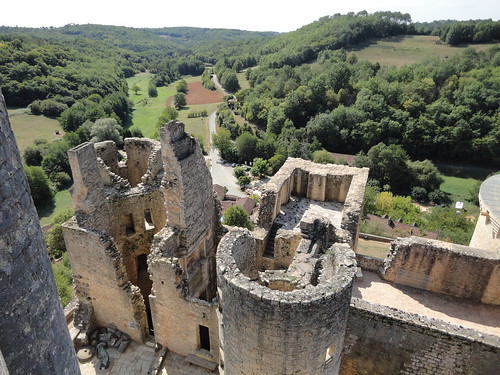 |
| Ruins of Chateau Bonaguil |
2. Chateau de Marqueyssac – a private estate with beautiful, classically sculpted gardens that are hand-pruned. We followed terraced pathways through its idyllic surroundings passing waterfalls, drystone huts, belvideres and an elegant chateau with a stone-tiled roof. Fantastic Dordogne Valley and river views from its clifftop location.
 |
| Sculpted gardens, Chateau de Marqueyssac |
3. Cadouin Cloisters & Abbey - in a pretty village of the same name. Gracefully arched cloisters in Flamboyant Gothic style, fascinating stone sculpture work and huge abbey built by the Cictercian monks in the 11th-12th century on the pilgrimage route of St James of Compostela (St Jacques de Compostelle) in Spain. Now a UNESCO-heritage site it still retains its medieval spiritual feel. The story here is that the Shroud of Cadouin, revered for over 800 years as belonging to Christ, was ultimately proved a fake and originated from the shroud of an Arab in the First Crusade in the 11th century.
 |
| Cadouin Cloisters |
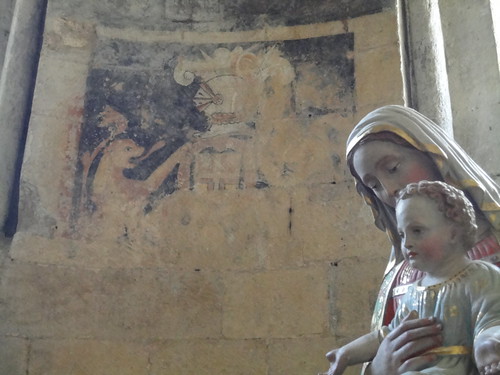 |
| Faded wall mural of knight, Cadouin Abbey |
4. Grotte de Maxange – not stalactites nor stalagmites attracted us here but fascinating and rare “excentriques”. Millions of years old, the amazing crystal formations inside these caverns have grown sideways and at all crazy angles. Originally a private quarry, this site recently opened to the public and exploration for further passages and caverns are still underway. It’s close to the village of Cadouin and difficult to find but well worth the trouble.
5. Grotte du Pech Merle – a little further out east in the Lot region, we were blown away by the numerous prehistoric cave paintings that date back 25,000 years ago. Spotted horses, woolly mammoths, deer, bison and human handprints are revealed by torchlight as a guide steers tourists through numerous caverns. Bear caves with scratch marks, hyena bones and smooth, perfectly round ‘cave pearls’ and an incredible stone spinning top formed by the dripping action of water and sand over millennia are pointed out. Standing inside these enormous galleries was like walking onto a real-life movie set of Jules Verne’s “Journey to the Centre of the Earth”.
SARLAT
Within an hour’s drive from Monpazier, the touristy town of Sarlat-le-Caneda is like walking onto a film set of medieval and renaissance buildings. The day we visited with Sally, Sarlat’s main street, Rue de la Republique, was congested with street markets, vendors and their vans, tourist throngs and crowded cafes. Artists standing at their easels were trying to recreate the bedlam and contrasts of light and shadow of canopied stalls below in the main street. Away from the bustle of crowds we explored ancient doorways and alleyways.
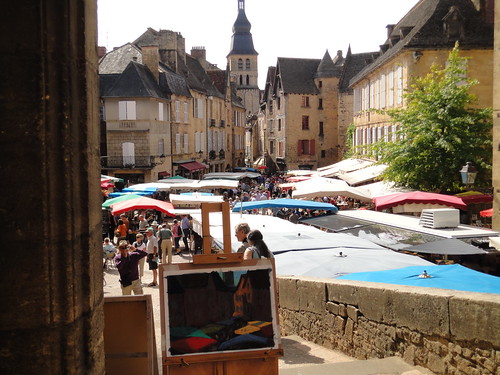 |
| Painting of Sarlat's market scene |
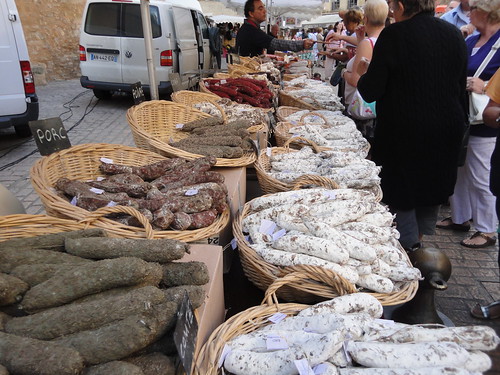 |
| Sausage stall, Sarlat |
CHATEAU DE LOSSE
In quiet contrast, the castle chambers and beautiful gardens of Chateau de Losse on the banks of the Vezere River not far from Sarlat provided tranquillity. Around the chateau surrounded by heavy forest, pasturelands dotted with huge rolled bales of golden hay in the hazy sunlight were a Monet painting come to life. At that particular time of the afternoon we were witnessing a view not unlike what the Impressionists of the 19th century had captured on canvas. In the distance of the hayfields, two painters sat on fold-away chairs in front of easels under a small umbrella doing their arty thing in the great outdoors. It was a scene all so terribly romantic and terribly French.Behind the chateau unfolded a languid riverscape. Like an aquarelle painting, pale golden green water reflected the huge forest trees bordering the banks as a fly-fisherman stood perfectly still knee-deep in concentration. Ivy clung to the chateau’s walls that rose up from the water and deep green boxwood hedges shaped into a basket-weave lay in a small knot garden at the river’s edge. It was a picture of time gone motionless.
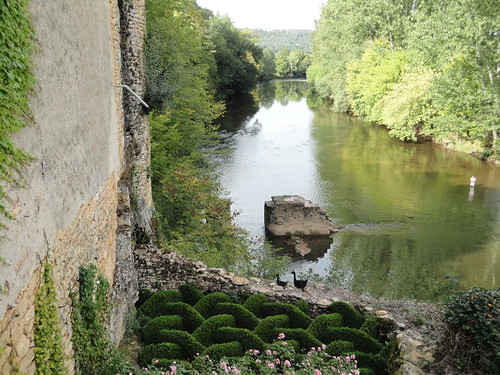 |
There were many other memorable sites and moments too numerous to list here. BUT….. peasant-style picnics of foods bought at local markets and enjoyed in the fresh country air with friends would have to rate as one of the best experiences. Sometimes, the simplest meals are often the best.
 |
| Aged cheeses, Sarlat |
Charming medieval villages, chateaux, ancient caves, scenic countryside, fabulous food, historical sites below ground and above – we experienced it all in this French microcosm. Our town house in Monpazier has been the perfect base to explore all that this region offers.
 |
| Cheese board, Beaufort |



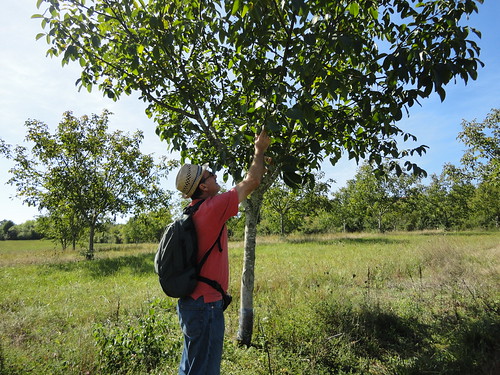

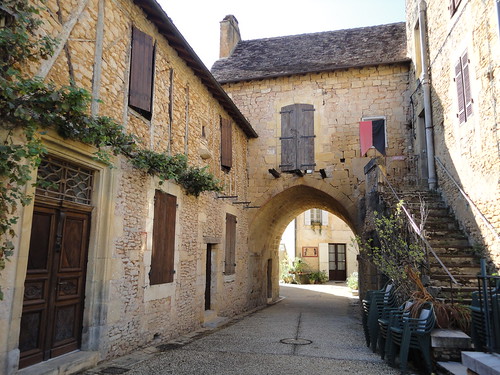
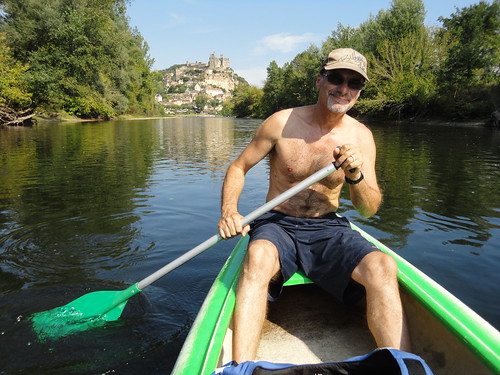
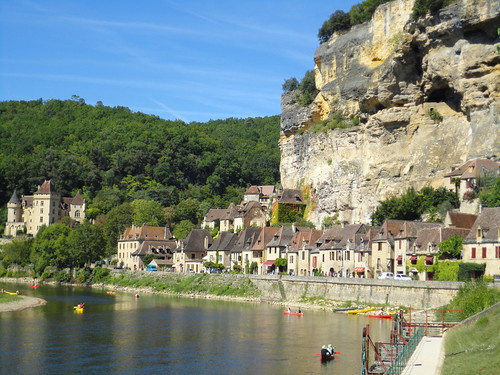
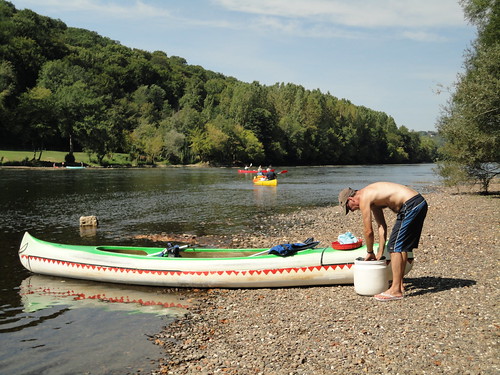
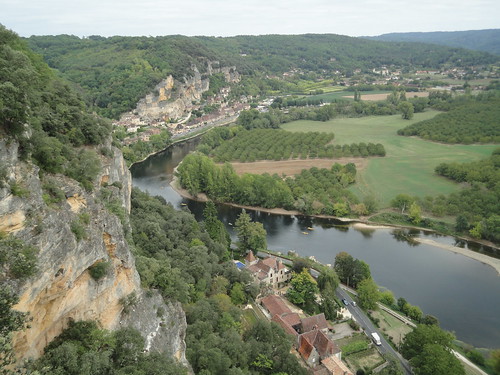
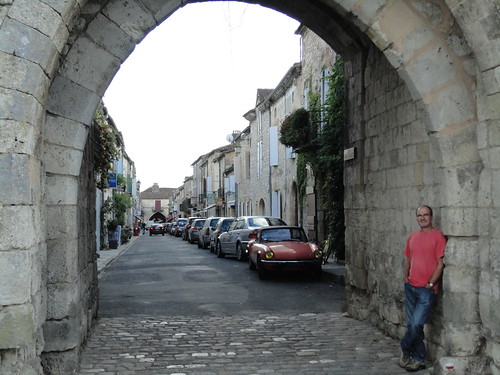
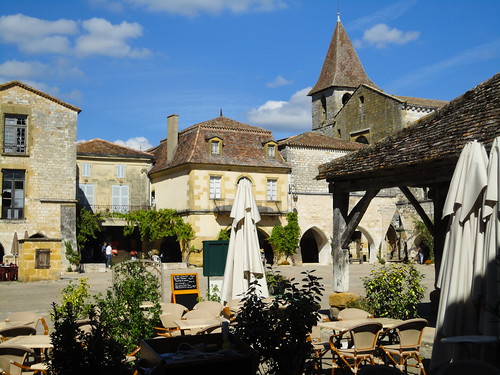
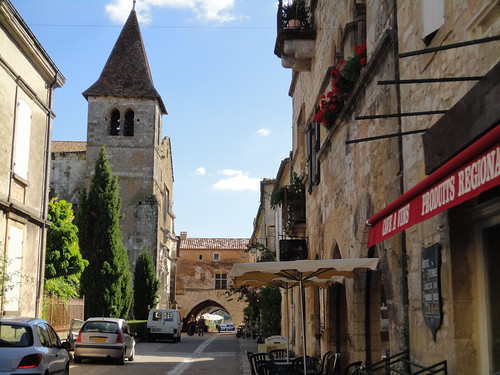

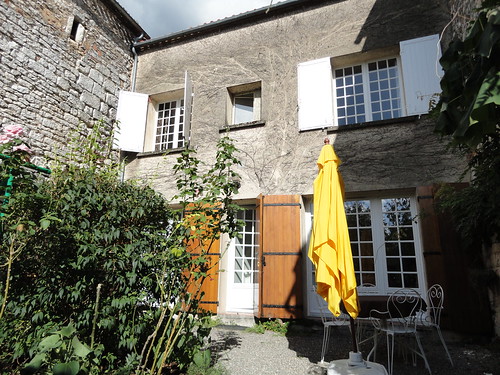
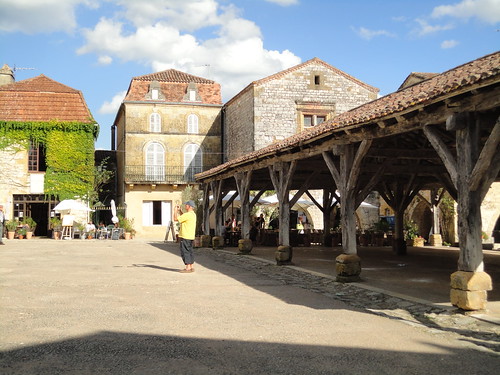
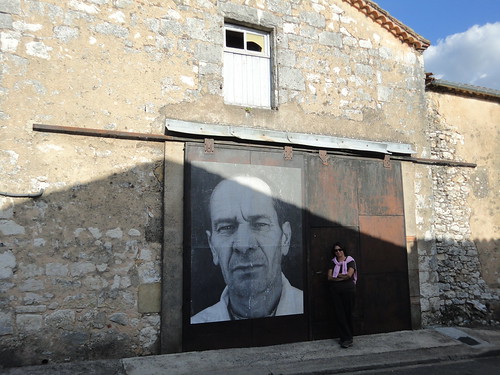
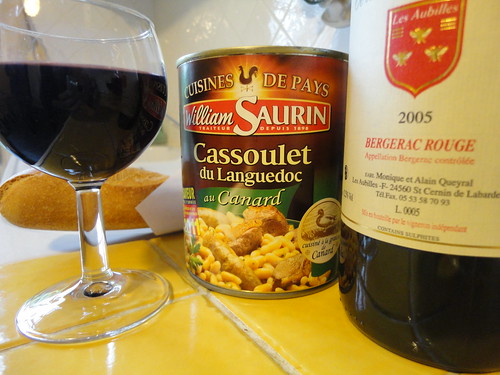

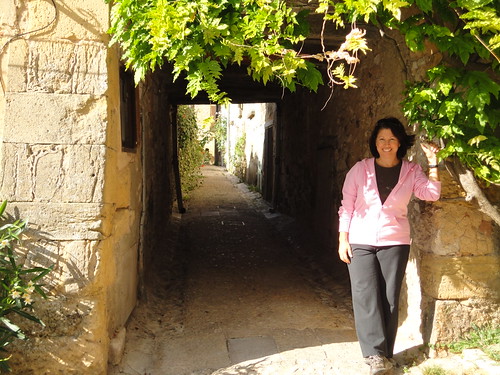
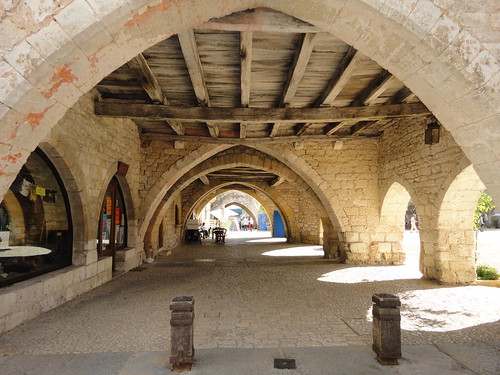
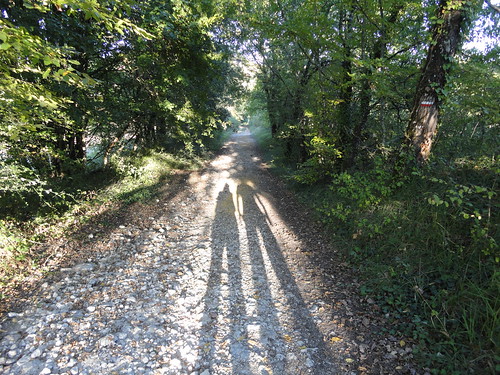
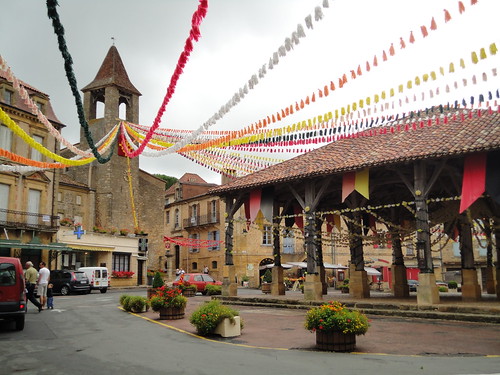
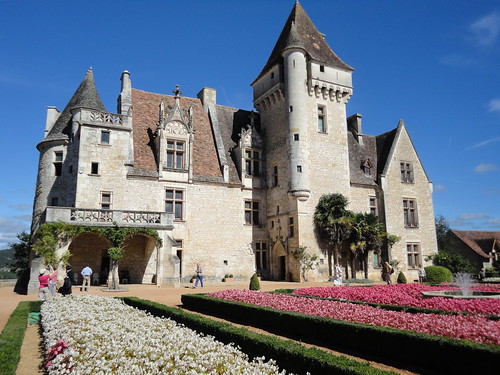
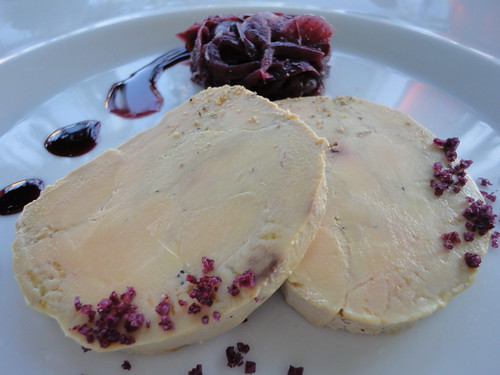
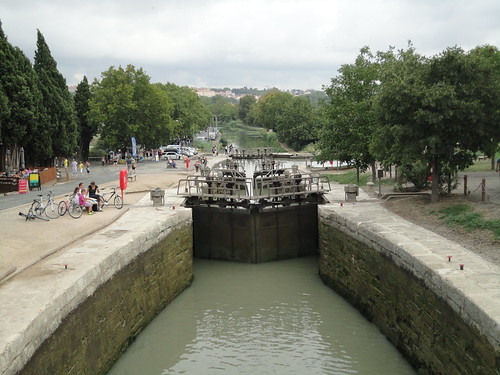

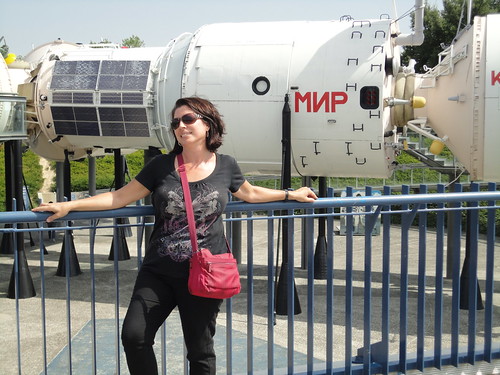
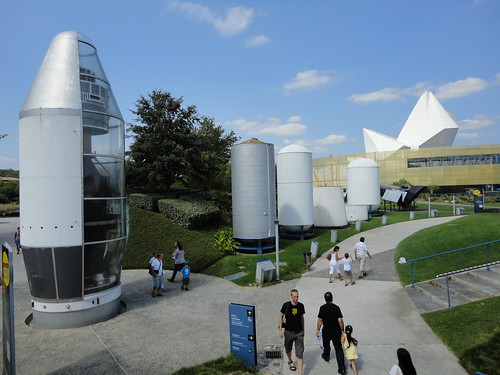

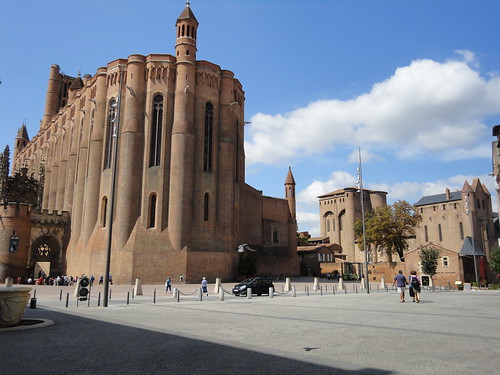
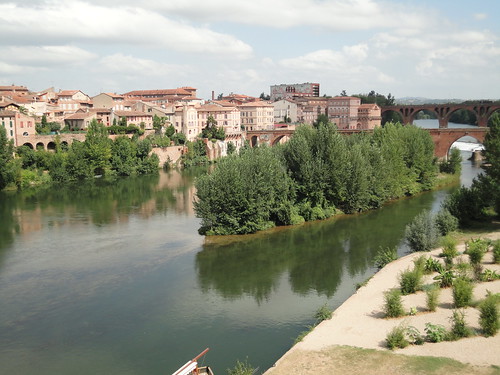
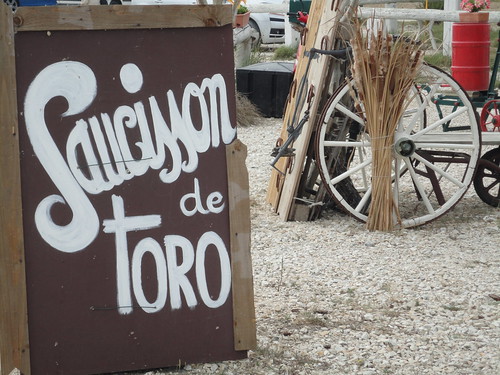
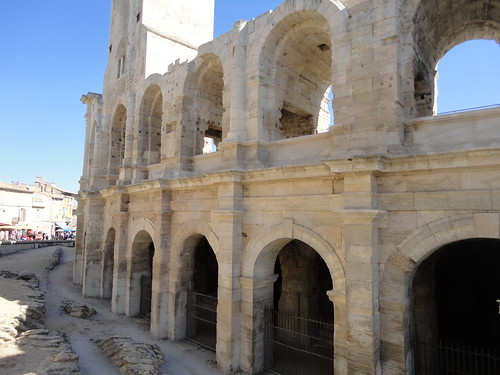



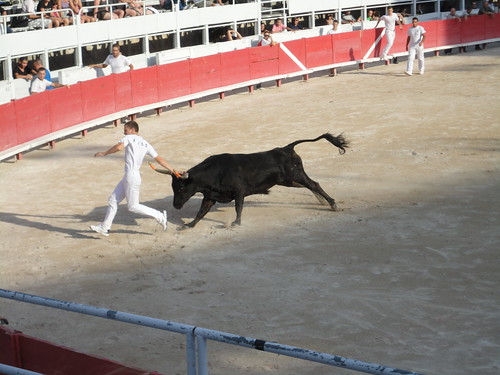

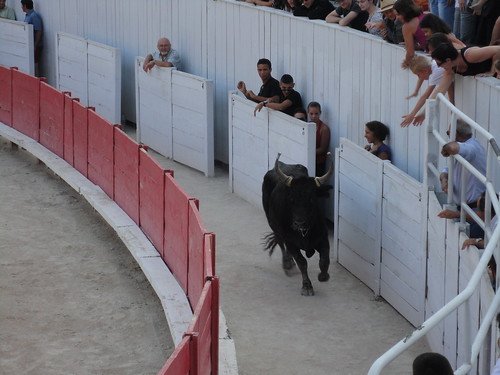
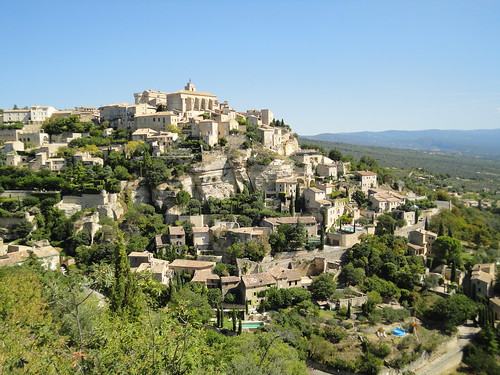
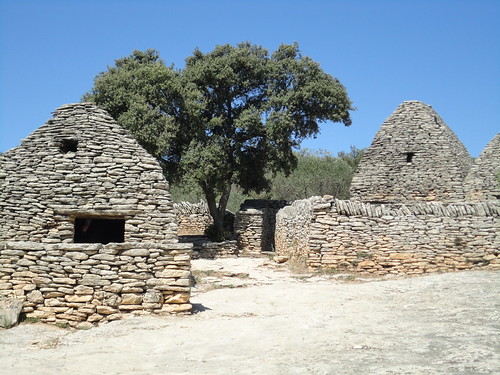
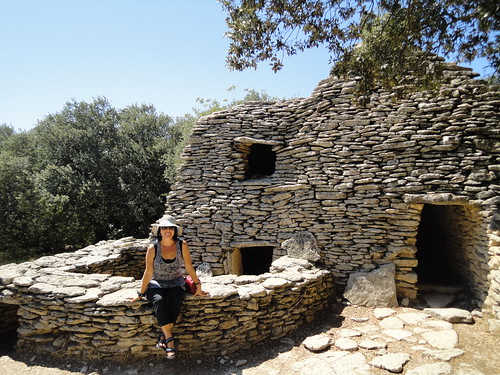


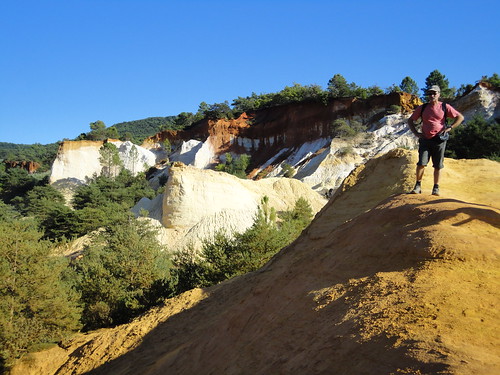
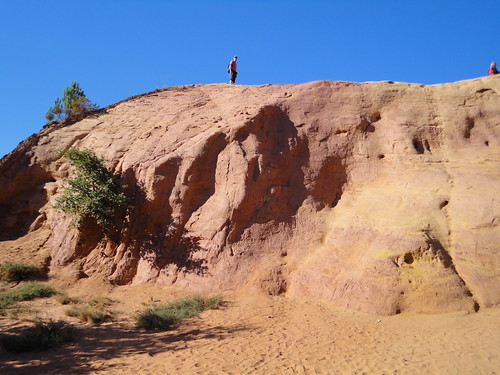
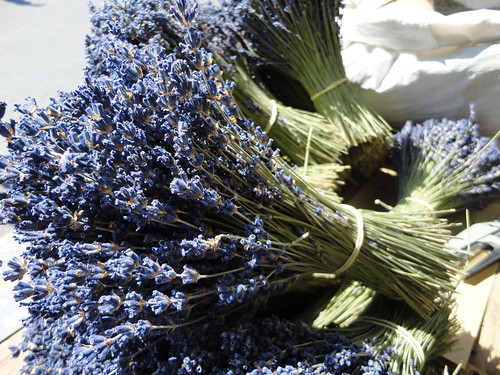
 Hi, I'm Eva - world traveller, cultural explorer and experience seeker. Together with my husband Max, we've been globetrotting for over 20 years.
Hi, I'm Eva - world traveller, cultural explorer and experience seeker. Together with my husband Max, we've been globetrotting for over 20 years.







0 comments: